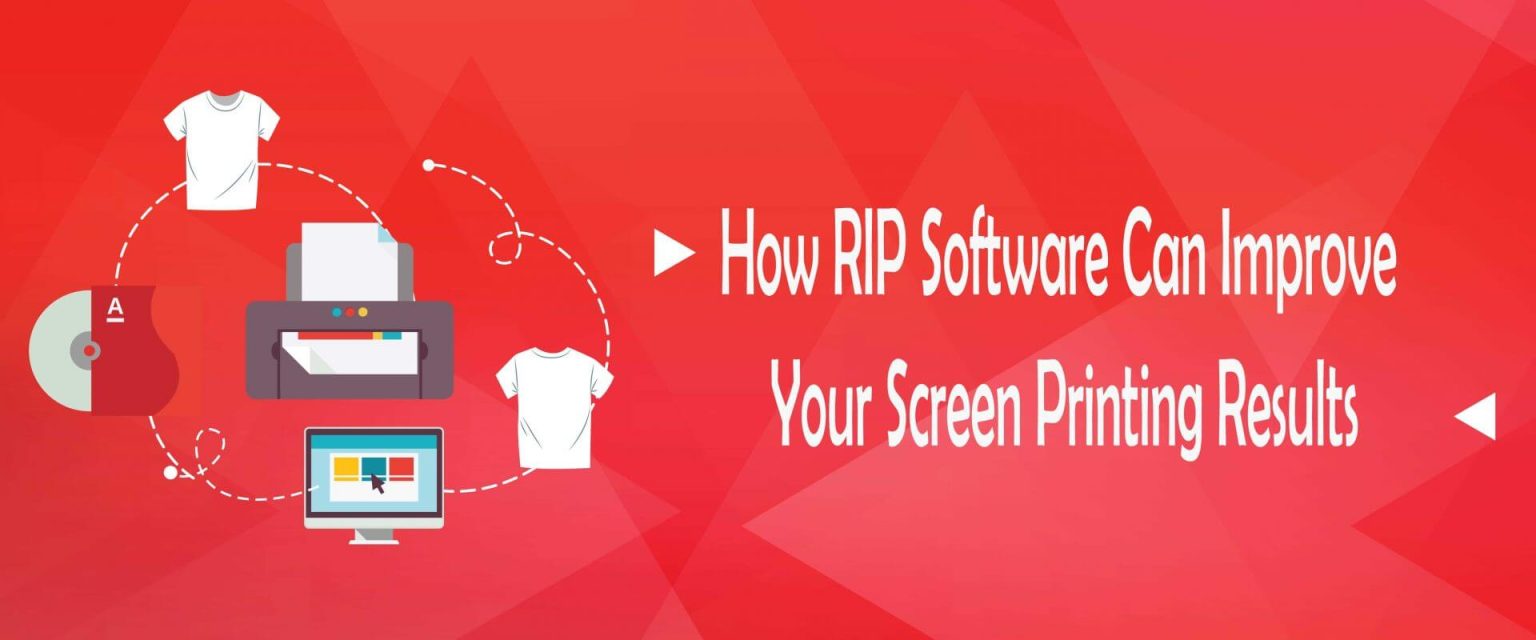

Revolucionando la industria de la serigrafía a través de tecnología de punta y servicio de calidad
Anatol Equipment Manufacturing Co.
1429 S Shields Dr
Waukegan, IL 60085


Revolucionando la industria de la serigrafía a través de tecnología de punta y servicio de calidad
Anatol Equipment Manufacturing Co.
1429 S Shields Dr
Waukegan, IL 60085

When these jobs come into play, there is one production element that becomes invaluable in controlling the ink that goes on to your film positive: RIP software.
Many screen printers are familiar with the value of RIP, or Raster Image Processor, when it comes to creating half-tone dots. While this is might be what RIP software is most often used for, its value goes beyond that. Understanding RIP software can help you to make the most of your RIP software program.
Again, most printers are familiar with the value of RIP software in creating halftone films. The RIP is necessary because, when printing gradient images, most printers lay down ink as if you are printing in color. That is, when printing in grayscale, any color that is not black will be printed in a gray tone. This is a problem when printing films for exposing screens because those gray dots won’t entirely block out UV light, and the image won’t expose properly on the screen. Once an image has been run through the RIP process, the dots will print in an opaque black, allowing for proper screen exposure.
One of the challenges of screen printing can be enlarging a smaller raster image for reproduction without losing detail or clarity. RIP software can help enlarge images while retaining details and crispness. To achieve this, RIP software adds more pixels to the image.
Large, detailed images can sometime result in gradient lines through the final screen print, commonly known as banding. The bands of color occur where one color ends and another begins. RIP software can solve the problems of banding by turning transition areas into a random pattern of the colors involved so the colors transition seamlessly in the final screen print.
In addition to screen printing, if your shop does any direct-to-garment printing, your RIP software can help you control the colors on your final prints. RIP software can help with exact color matching, if you need to match a logo or image exactly, and some RIP software even comes with ready-to-go color-match profiles. Your RIP software also can allow you to control the amount of ink laid down on an underbase. You can choose to eliminate a color from the design if you’d like; for example, you can eliminate or «knock out» the layer of black ink that would be laid down on a black garment, saving ink.
It’s true that RIP software can be an investment, and a similar effect can be achieved with some effort using Photoshop. However, RIP software allows you to clean up and prepare halftone images, enlarge images or process detailed halftone prints incredibly quickly and effectively. If you’re doing halftone or gradient work on a regular basis, or if you do any direct-to-garment printing, you’ll likely find RIP software to be a valuable investment for your business.
For more information on creating quality film positives for screen printing, check out this blog:
How to Print Film Positives for Sharp Screen Printing Stencils
Your message was successfully sent!